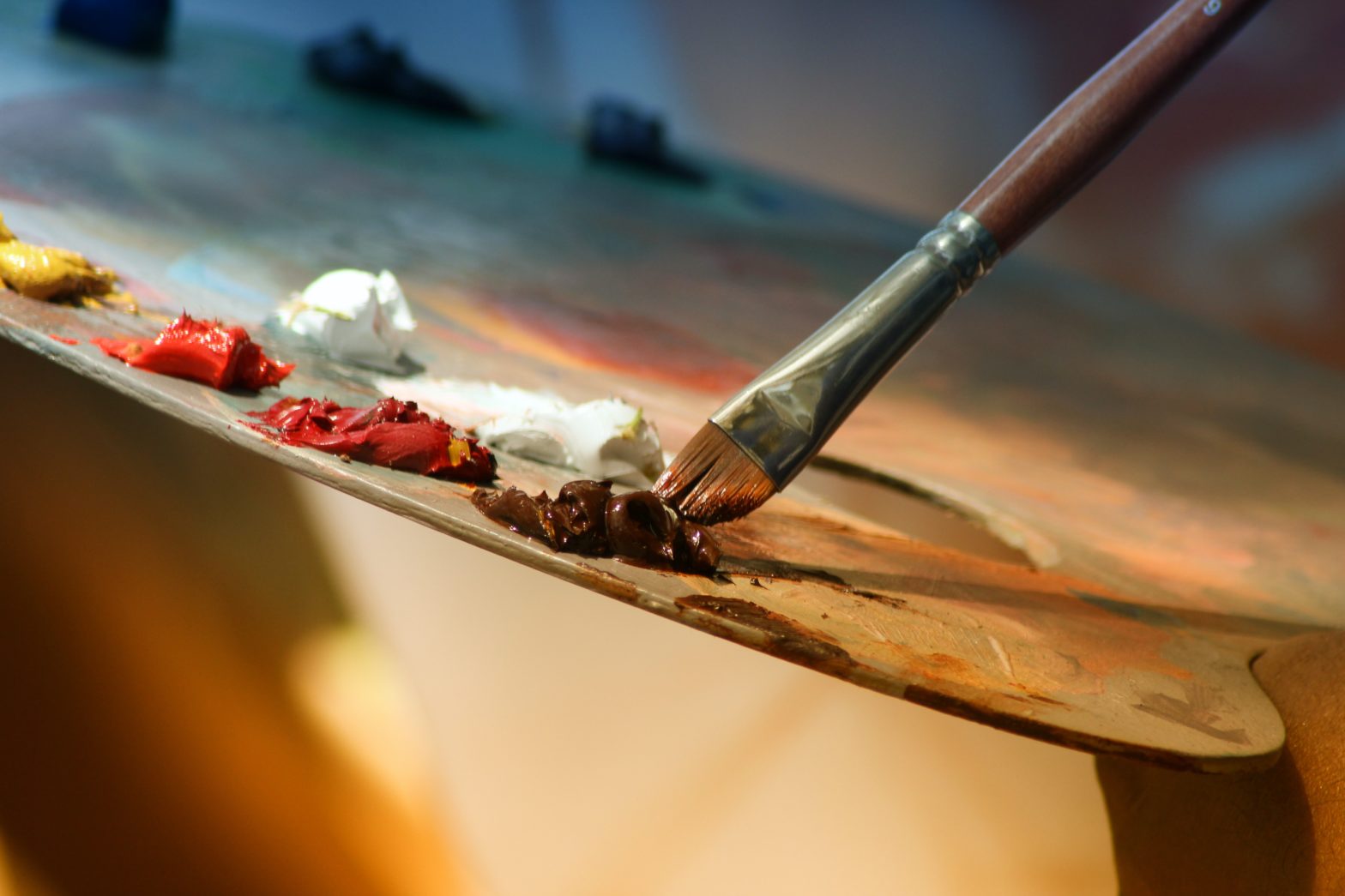This post will share a few of my ideas for getting the most out of visual art communities and suggest some activities which may be useful in this sort of setting.
If you are part of an art club, it is always enjoyable to produce something collaboratively. This works most effectively when you utilize the medium of collage. Get everyone to create a piece of work in their preferred medium and then work out how you can unite these independent pieces through techniques, such as overlapping and layering as well as cutting and pasting. This exercise is designed to encourage visual artists to support one another and learn from each other’s technical skills and ideas.
Another activity for art societies is exhibition and feedback. I recommend having regular sessions of this nature. Visual forms, such as photography and paintings, were created to be displayed and viewed by other people. Make a gallery of your own and take care to create visually appealing displays. Let artists walk around this gallery and encourage them to respond to each other’s work. Responses can include a discussion of the themes and meanings contained within them, comments about what was successful and what they enjoyed, and suggestions for improvement. If you are chairing the session, make sure that comments are constructive and that they are phrased in such a way as to create an atmosphere of trust, encouragement and motivation. Visual artists should feel as if they can refine their work productively after one of these sessions, not that they should give up drawing or printing because no one appreciated their work. Sensitivity is key. Some works may require trigger warnings, some artists may not be happy to display their own work; make sure you accommodate for everyone’s needs and requirements.
Finally, let’s mention the importance of discussion. The production of visual art itself is a largely solitary activity, but artists come together to share ideas. For this reason, art groups should be focused more around discussion and exchange rather than the physical process of creating art. Artists of many different kinds have always grouped together to share thoughts and inspire each other. For example, during the High Renaissance, Lorenzo Medici patronised the arts giving support to incredible artists, such as Da Vinci, Botticelli and Buonarroti in Florence. Likewise, the impressionists created a movement together which sought to capture the impact of light on a landscape rather than adhere to the strict realist conventions of their predecessors. Their work was produced in a moment rather than endlessly revised. In places, such as Cafe Guerbois in Paris, Monet, Cezanne and Pisarro met. Paris was also home to the surrealists. It was in this city that Dalí met Picasso, Miró, and also Magritte, who introduced him to the principles of Surrealism. It is clear to see that artistic communities can flourish when united by a common vision of what art should be and in what direction it should move. In these collaborative and discussion-based environments, artists can influence and support each other, motivating them all to create even more impressive works. Remember that when you are attending or leading an art group, you have a responsibility to stimulate intellectual discussion, open artists up to other forms and styles with which they can experiment, and allow for conversation with other mediums which can inspire interdisciplinary artworks too.
I hope that this provides some useful guidance for chairs and members of visual art societies.
Best of luck creating!
See also: Writing Communities
Amber Kennedy, Editor-in-Chief
Photo by Daian Gan from Pexels


One comment